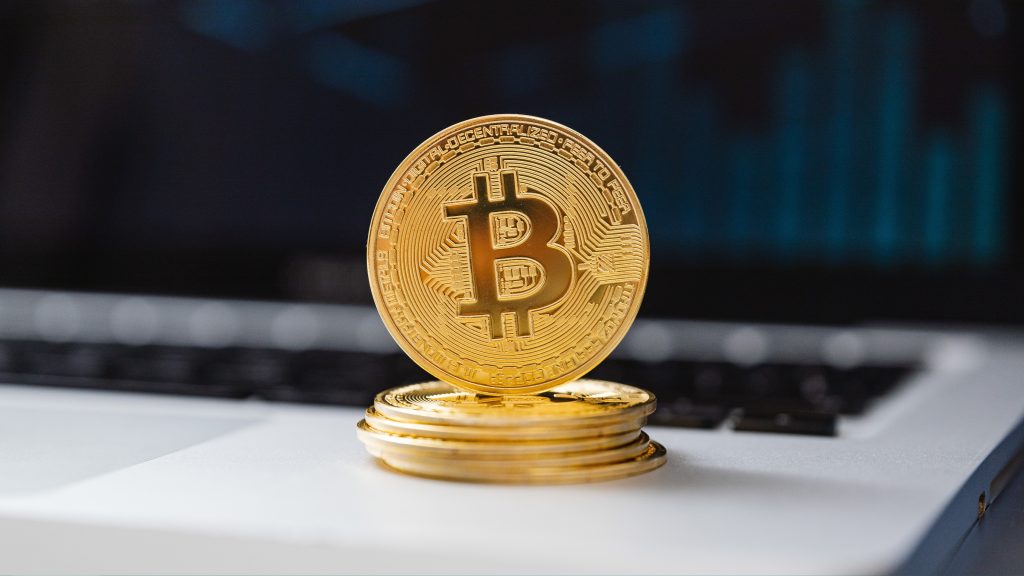
Gold prices are currently experiencing a bit of a setback, dipping slightly after hitting a multi-week high around the $3,385 mark earlier this week. This small drop is mainly because the US Dollar has gotten a bit stronger, which usually makes gold less attractive to buyers. But even with this dip, many experts believe gold's upward journey isn't over. A mix of global worries and expectations about interest rates could keep its shine intact.
The Dollar's Shadow and Economic Worries
Right now, gold is facing some pressure as the US Dollar gains a little ground. A stronger dollar means it takes more foreign currency to buy gold, making it pricier for international buyers. This small dollar comeback follows some recent economic news from the U.S. that wasn't very strong.
For example, a report on Wednesday showed that US private companies added far fewer jobs than expected in May – only 37,000, which is the lowest in over a year. On top of that, a big survey found that the US services sector unexpectedly shrank in May, the first time that's happened in almost a year. These weak numbers are fueling bets that the Federal Reserve (the US central bank) will cut interest rates sooner rather than later this year, possibly in September. Even President Donald Trump has been publicly pushing Fed Chair Jerome Powell to lower rates. Lower interest rates usually make the dollar less appealing and help gold.
Why Gold Still Gleams: Global Jitters and Rate Cut Hopes
Despite the dollar's recent strength, several powerful factors are quietly boosting gold's appeal. Gold has long been seen as a “safe place” for money when the world feels uncertain. And right now, there's plenty of uncertainty.
For starters, geopolitical risks are still very much in play. There are renewed fears of a trade war between the US and China, especially after new import tariffs on steel and aluminum went into effect. President Trump also mentioned a call with Russian President Vladimir Putin and ongoing tensions over Ukraine, which keeps worries about global conflict high. Plus, the US recently vetoed another UN Security Council resolution for a Gaza ceasefire, highlighting persistent conflict in the Middle East. All these global hot spots make investors look for safety, and gold is often their go-to.
On top of that, the expectation that the Federal Reserve will cut interest rates sometime in 2025 is a big plus for gold. When interest rates are low, gold, which doesn't pay any interest itself, looks more attractive compared to other investments that might offer very little return. Concerns about the US budget deficit potentially worsening, especially with new tax and spending plans, also weaken the dollar's appeal, indirectly helping gold.
What the Charts Tell Us: A Bullish Path Ahead?
Looking at the charts, gold recently made a key move by breaking above the $3,324-$3,326 area. This was a big win for gold “bulls” (those who expect prices to rise). Signals on daily and hourly charts are still pointing upwards, suggesting that gold's easiest path is to keep climbing.
However, many traders are waiting for gold to convincingly break past the $3,385 mark – that multi-week high from Tuesday – before betting on bigger gains. If it manages to clear that hurdle, the next targets could be the $3,400 mark, then the $3,433-$3,435 area. Some even see it potentially reaching the $3,500 neighborhood, which was its all-time high set back in April.
On the other hand, if gold drops, the $3,355 area could offer immediate support. Any further slide would likely attract buyers who believe in gold's long-term potential, with strong support expected around the $3,326-$3,324 zone (which used to be resistance, but now acts as support). Only if it falls sharply below $3,300 and then $3,286-$3,285 would it seem vulnerable to bigger declines.
















